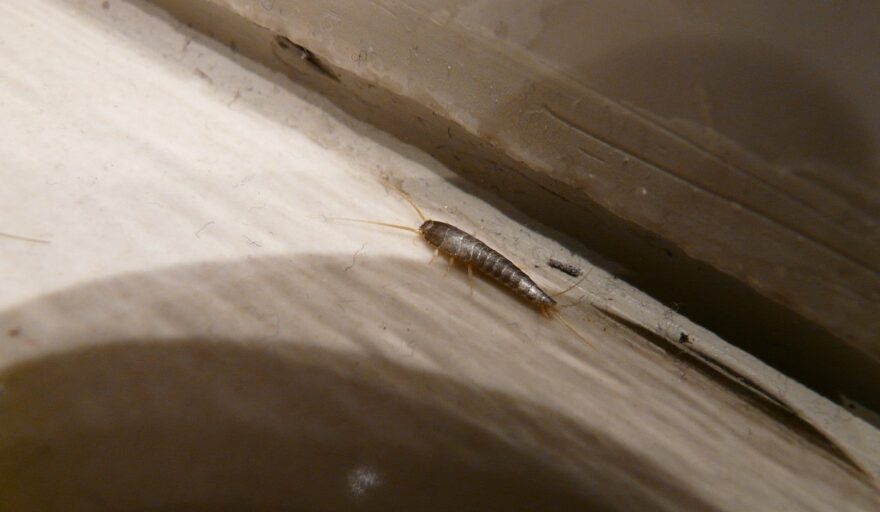Category Archives: Boxelder Beetles

Winter Bugs and Other Pests: Where Do They Go and How Do They Survive?
November 21, 2023As we enter the winter months and anticipate the holiday season, there are many things to look forward to: cozy nights by the fire, holiday decorations, warm sweaters…but pests aren’t on the list. For residents of Lancaster and York counties, winter bugs like ground beetles, stink bugs, ladybugs, boxelder beetles, and grain beetles can become a major nuisance in the winter. Other common winter pests in Central PA include mice, centipedes, silverfish, cockroaches, and spiders.
But how do these bugs and other pests survive the cold — and where do they go? Let’s take a look at some of the most common winter pests in Central PA and how they manage to make it through the season.
Boxelder Beetles
February 20, 2008Boxelder Beetles come from a species of Maple tree, the Boxelder Maple. The beetles are simply named after the tree. In fact, the two come together. Get rid the Boxelder Maple trees (your whole neighborhood’s) and get rid of the bugs. Sadly however, most times you cannot get rid of the tree that allows these beetles to thrive. They say the tree can be up to one-mile from your home for an infestation to occur. Well, we will talk about controlling them, but first, let’s talk about their habits.
Boxelder Beetles are most commonly seen sun-bathing on the side of the home where the sun hits during the day. This usually occurs in the spring and fall, when the nights are much cooler. They will even follow the sun as it wraps around your home from morning to evening. As they do this, they sometimes find themselves pressing in around cracks that lead to the inside of your home such as windows that are not properly sealed, utility lines, dryer vents, outside faucets and the such that are losing their seals or caulking. Now the problem is, once they find a way into your home’s wall voids, they get confused and do not really remember how to get out. This is where these beetles become troublesome to the homeowner. You see, as it gets colder outside, your furnace or heaters operate inside all the more; now the difference in temperature (inside to outside) is more extreme and noticeable to a confused Boxelder Beetle. So what does he do? He presses in where he thinks summer is–inside your house. Actually, the worst invasions happen as it gets colder outside because of this extreme difference in temperature.
“Ok, so what’s the harm?”, you may ask. Well, for the most part, not a lot. Only one small detail that most do not know about Boxelder Beetles: they can bite. It is true, and when they do, I have heard that it can itch for up to two weeks. After interviewing two family members who have been bitten, I have learned there is not much that can done for the itch either. The dermatologist gave up on the one. It is ok though, it did get better. Before you get all worked up, it is good to know that this biting is just a defense-mechanism. You are not food to a Boxelder Beetle. In fact, a lost Boxelder Beetle will eventually die because everything he needs is outside. What does he need? Well, first, the Boxelder Maple tree for one. The seeds on the tree (“helicopter seeds” as we used to call them when children) are the main staple for these guys. Without them, they cannot live for long. Also, they need a good place to “Overwinter”. This means they need to find some leaves or mulch they can bunker-down under for the winter. The inside of your home is not the best place for this.
“Alright, so what does one do?”, you may ask. Some say there is nothing you can do. And many believe that, but there is a way to prevent Boxelders from invading before they get inside the walls. It is called a “perimeter home treatment”. By treating the areas where the Boxelder Bugs sun-bathe with a general residual spray insecticide, you can control them before they get into the house walls. This shuts them down very effectively. Most homeowners end up calling a professional pest control company because most times it is difficult to reach some of the areas that the beetles congregate on the outside walls; others call a professional because they cannot find a product that works on them well enough, or the simply forget to treat regularly.